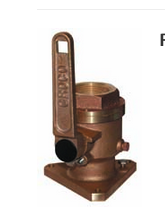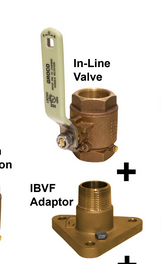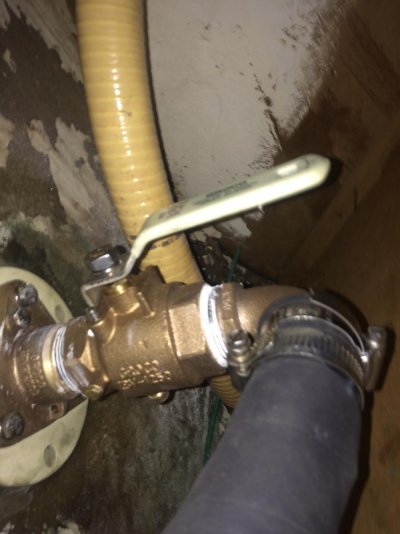catalinajack
Guru
Repair kits for these cone-type SV models have been long out of production. I have two SV seacocks still in service and three others that have been abandoned in place. Of the two that remain, both still work although they are difficult to rotate open and closed. I have no idea of whether this is normal but probably not. I could have a yard install new ones in my seachest as there is plenty of room but as long as these two still work, I am reluctant to spend the money. One of them supplies the raw water wash down pump so it is not critical anyway.
An alternative I have been thinking about is to fit a bronze ball valve to these seacocks downstream of the valve and simply leaving the old seacock open permanently.*I see nothing ill coming from doing so but your opinions are sought.
An alternative I have been thinking about is to fit a bronze ball valve to these seacocks downstream of the valve and simply leaving the old seacock open permanently.*I see nothing ill coming from doing so but your opinions are sought.






